| Rus |
 |
Eng |
 |
|
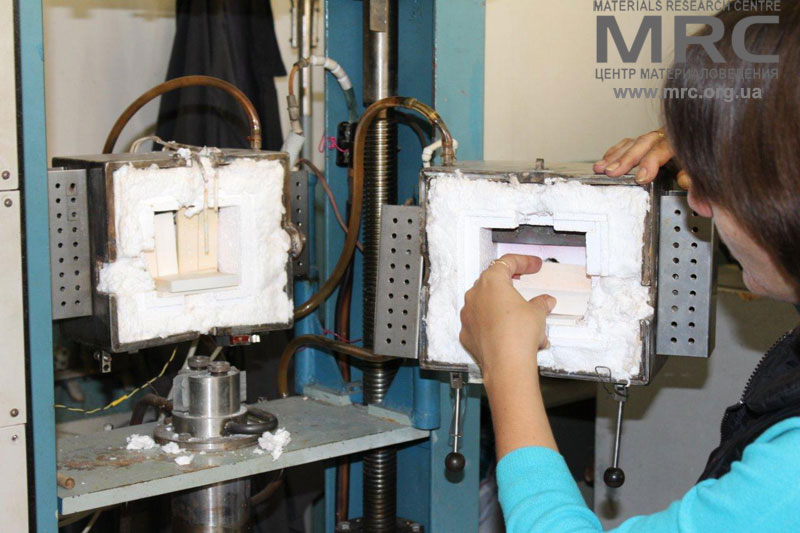
Laboratory muffle furnaces and tube chamber furnaces are designed for chemical analysis, analytical works, and various types of heat treatment at temperatures of 400 to 1250 ° C in all sectors of industry and agriculture. High temperature muffle furnace is necessary part of laboratory equipment. The sizes of the muffle furnace various from the smaller furnaces which are conveniently placed on a workbench, to the larger units that has a coveted capacity and competent for all duty.
Lining of the heating chamber is made of lightweight fibrous refractory and insulating materials, ensuring low heat accumulation.Is available several versions of the laboratory chamber furnaces, different sizes and design of the chamber heating assembly.
Muffle furnace is a front-loading box-type oven or kiln for high-temperature applications with lifting door is used for annealing, hardening, powder carburization and stress relieving. Application in hardening shops, pilot plants and laboratories.
Materials Researh Centre provides highest design flexibility for special purpose furnaces and laboratory equipment to customer specifications.
Laboratory muffle furnace SNOL 2,5.5.2,5/11
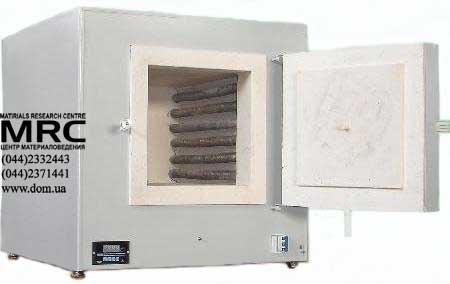 |
| Article: |
10208 |
| Appointment: |
Laboratory furnace for heat treatment of metals and ceramics |
| Specification: |
| Sizes, mm |
250х500х250 |
| Power, kWt |
6 |
| Temperature, С |
1100 |
|
|
Laboratory furnace SNOL 2.4.2/12,5
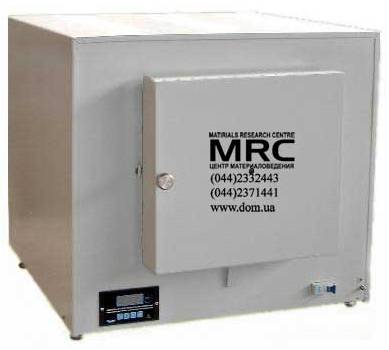 |
| Article: |
10207 |
| Appointment: |
Laboratory furnace for heat treatment of metals and ceramics |
| Specification: |
| Sizes, mm |
200х400х200 |
| Power, kWt |
6 |
| Temperature, С |
1250 |
|
|
Laboratory muffle furnace SNOL 2.4.2/11 ceramic
 |
| Article: |
10206 |
| Appointment: |
| Laboratory furnace for heat treatment of metals and ceramics |
|
| Specification: |
| Sizes, mm |
200х400х200 |
| Power, kWt |
4.5 |
| Temperature, С |
|
|
|
Laboratory muffle furnace SNOL 2.4.2/11
 |
| Article: |
10205 |
| Appointment: |
| Laboratory furnace for heat treatment of metals and ceramics |
|
| Specification: |
| Sizes, mm |
200х400х200 |
| Power, kWt |
4.5 |
| Temperature, С |
1100 |
|
|
Laboratory muffle furnace SNOL 2.3.1,3/11 ceramic
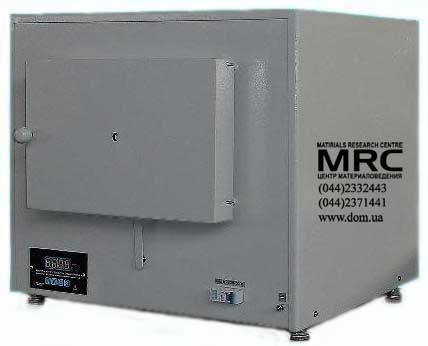 |
| Article: |
10204 |
| Appointment: |
| Laboratory furnace for heat treatment of metals and ceramics |
|
| Specification: |
| Sizes, mm |
200х300х130 |
| Power, kWt |
4.5 |
| Temperature, С |
1100 |
|
|
Laboratory furnace SNOL 1,6.2,5.1/12,5
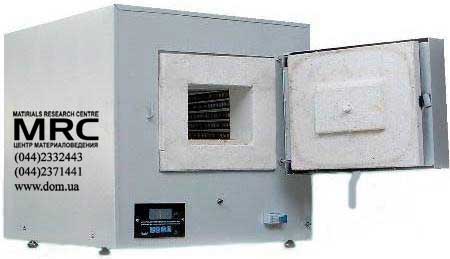 |
| Article: |
10203 |
| Appointment: |
| Laboratory furnace for heat treatment of metals and ceramics |
|
| Specification: |
|
|
160х250х100 |
| Power, kWt |
3 |
| Temperature, С |
1250 |
|
|
Laboratory muffle furnace SNOL 1,6.2,5.1/11 ceramic
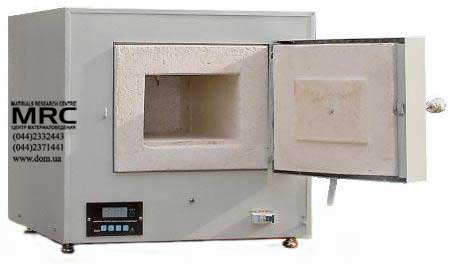 |
| Article: |
10202 |
| Appointment: |
| Laboratory furnace for heat treatment of metals and ceramics |
|
| Specification: |
| Sizes, mm |
160х250х100 |
| Power, kWt |
1.9 |
| Temperature, С |
1100 |
|
|
Laboratory muffle furnace SNOL 1,6.2,5.1/11
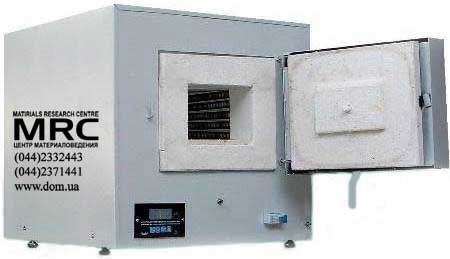 |
| Article: |
10201 |
| Appointment: |
Laboratory furnace for heat treatment of metals and ceramics |
| Specification: |
| Sizes, mm |
160х250х100 |
| Power, kWt |
1.9 |
| Temperature, С |
1100 |
|
|













 Exellent news, our joint patent application with Drexel University on highly porous MAX phase precursor for MXene synthesis published. Congratulations and thanks to all team involved!
Exellent news, our joint patent application with Drexel University on highly porous MAX phase precursor for MXene synthesis published. Congratulations and thanks to all team involved! Last Call! Have you submitted your abstract for IEEE NAP-2025 yet? Join us at the International Symposium on "The MXene Frontier: Transformative Nanomaterials Shaping the Future" – the largest MXene-focused conference in Europe this year! Final Submission Deadline: May 15, 2025. Don’t miss this exclusive opportunity to showcase your research and engage with world leaders in the MXene field!
Last Call! Have you submitted your abstract for IEEE NAP-2025 yet? Join us at the International Symposium on "The MXene Frontier: Transformative Nanomaterials Shaping the Future" – the largest MXene-focused conference in Europe this year! Final Submission Deadline: May 15, 2025. Don’t miss this exclusive opportunity to showcase your research and engage with world leaders in the MXene field! We are excited to announce the publication of latest review article on MXenes in Healthcare. This comprehensive review explores the groundbreaking role of MXenes—an emerging class of 2D materials—in revolutionizing the fields of medical diagnostics and therapeutics. Read the full article here: https://doi.org/10.1039/D4NR04853A.
We are excited to announce the publication of latest review article on MXenes in Healthcare. This comprehensive review explores the groundbreaking role of MXenes—an emerging class of 2D materials—in revolutionizing the fields of medical diagnostics and therapeutics. Read the full article here: https://doi.org/10.1039/D4NR04853A. Congratulations and thank you to our collaborators from TU Wien and CEST for very interesting work and making it published! In this work, an upscalable electrochemical MXene synthesis is presented. Yields of up to 60% electrochemical MXene (EC-MXene) with no byproducts from a single exfoliation cycle are achieved.
Congratulations and thank you to our collaborators from TU Wien and CEST for very interesting work and making it published! In this work, an upscalable electrochemical MXene synthesis is presented. Yields of up to 60% electrochemical MXene (EC-MXene) with no byproducts from a single exfoliation cycle are achieved. Congratulations to all collaborators with this interesting joint work!
Congratulations to all collaborators with this interesting joint work!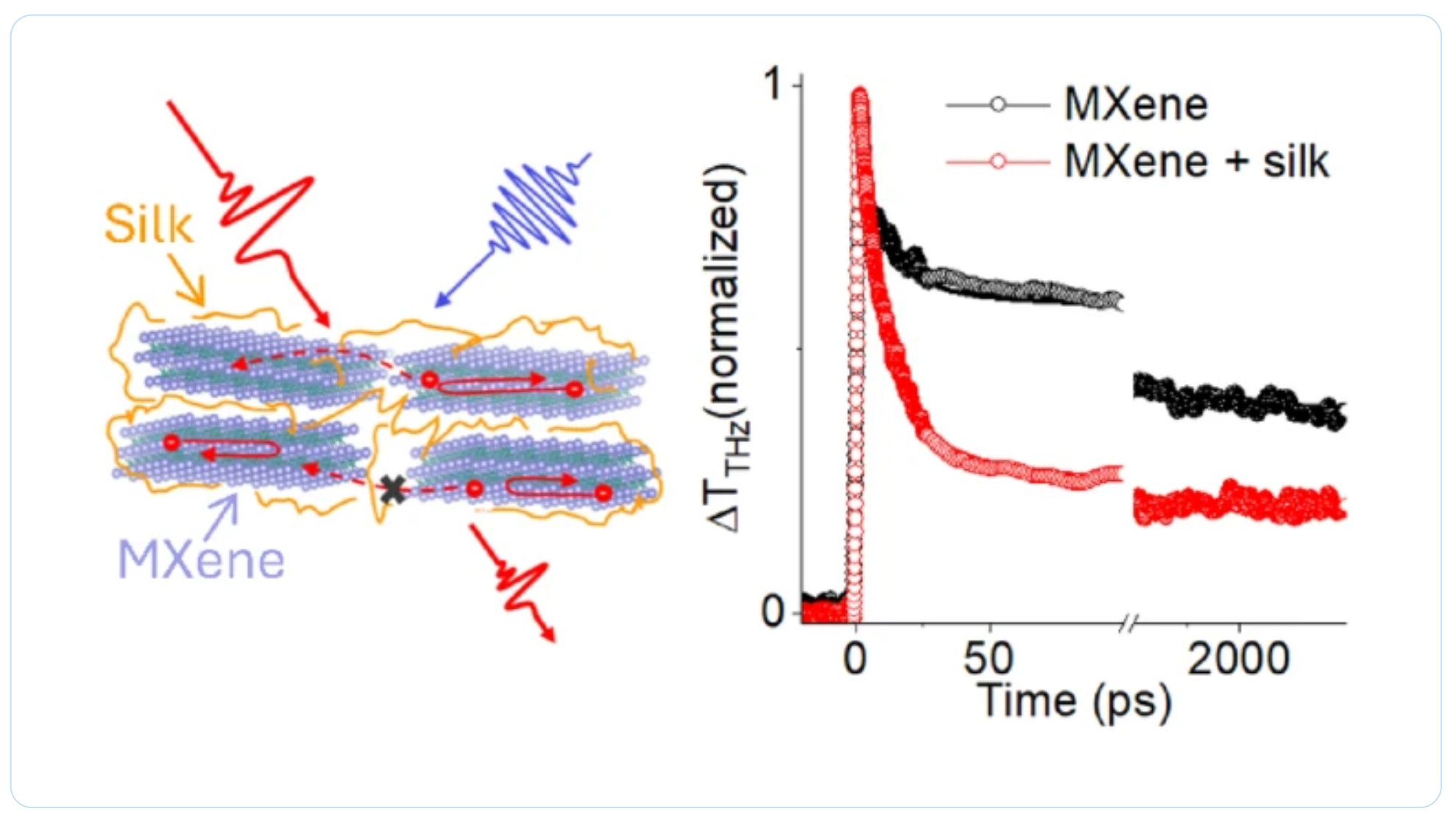 Thank you to our collaborators for the amazing joint work recently published in Graphene and 2D Nanomaterials about MXene–silk fibroin composite films aiming to develop materials with tunable electronic and thermal properties
Thank you to our collaborators for the amazing joint work recently published in Graphene and 2D Nanomaterials about MXene–silk fibroin composite films aiming to develop materials with tunable electronic and thermal properties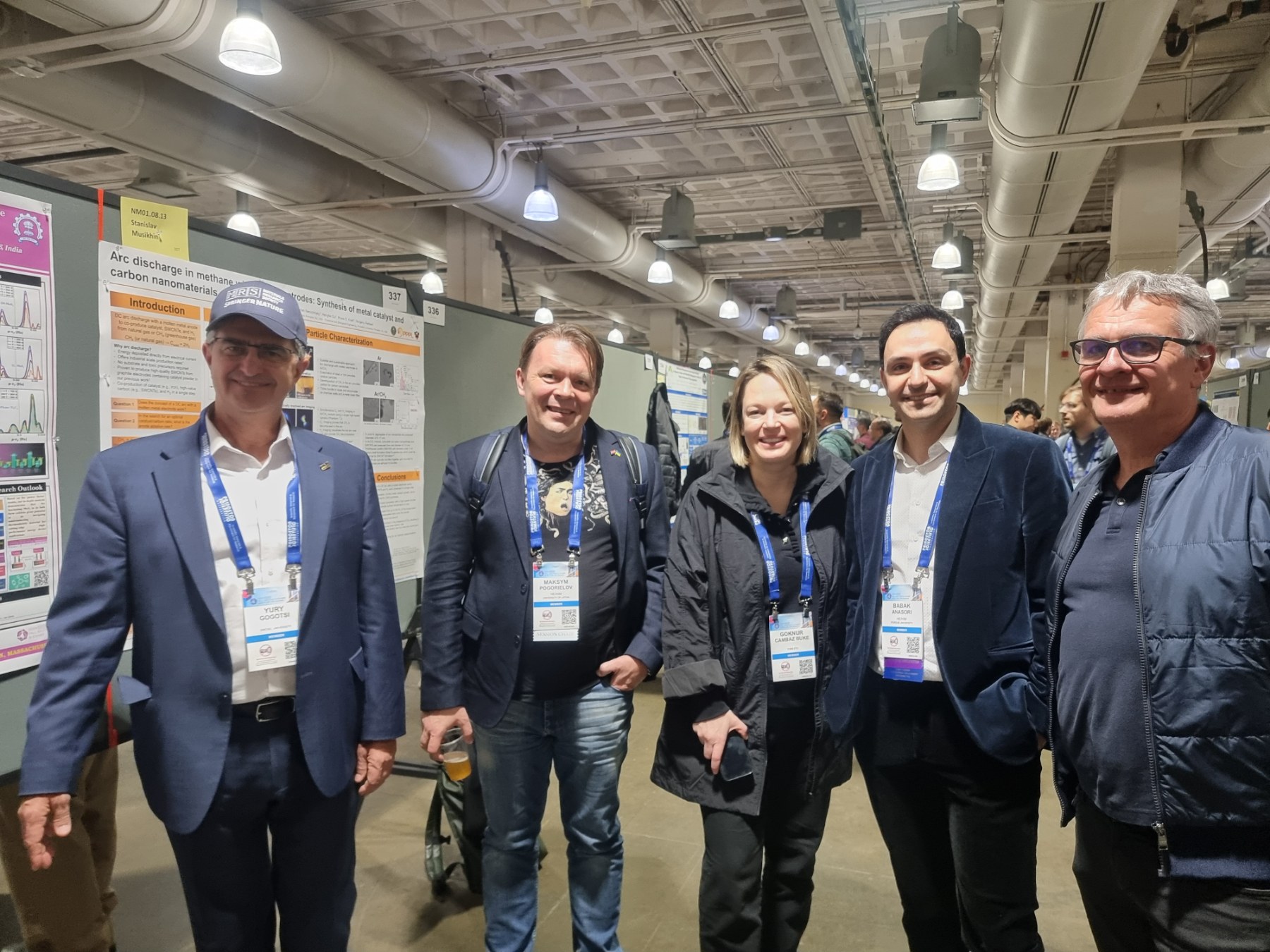 Dr. Oleksiy Gogotsi, director of MRC and Carbon-Ukraine, innovative companies that are among the leaders on the world MXene market, visited 2024 MRS Fall Meeting & Exhibit. together with Dr. Maksym Pogorielov, Head of Advanced Biomaterials and Biophysics Laboratory, University of Latvia.
Dr. Oleksiy Gogotsi, director of MRC and Carbon-Ukraine, innovative companies that are among the leaders on the world MXene market, visited 2024 MRS Fall Meeting & Exhibit. together with Dr. Maksym Pogorielov, Head of Advanced Biomaterials and Biophysics Laboratory, University of Latvia.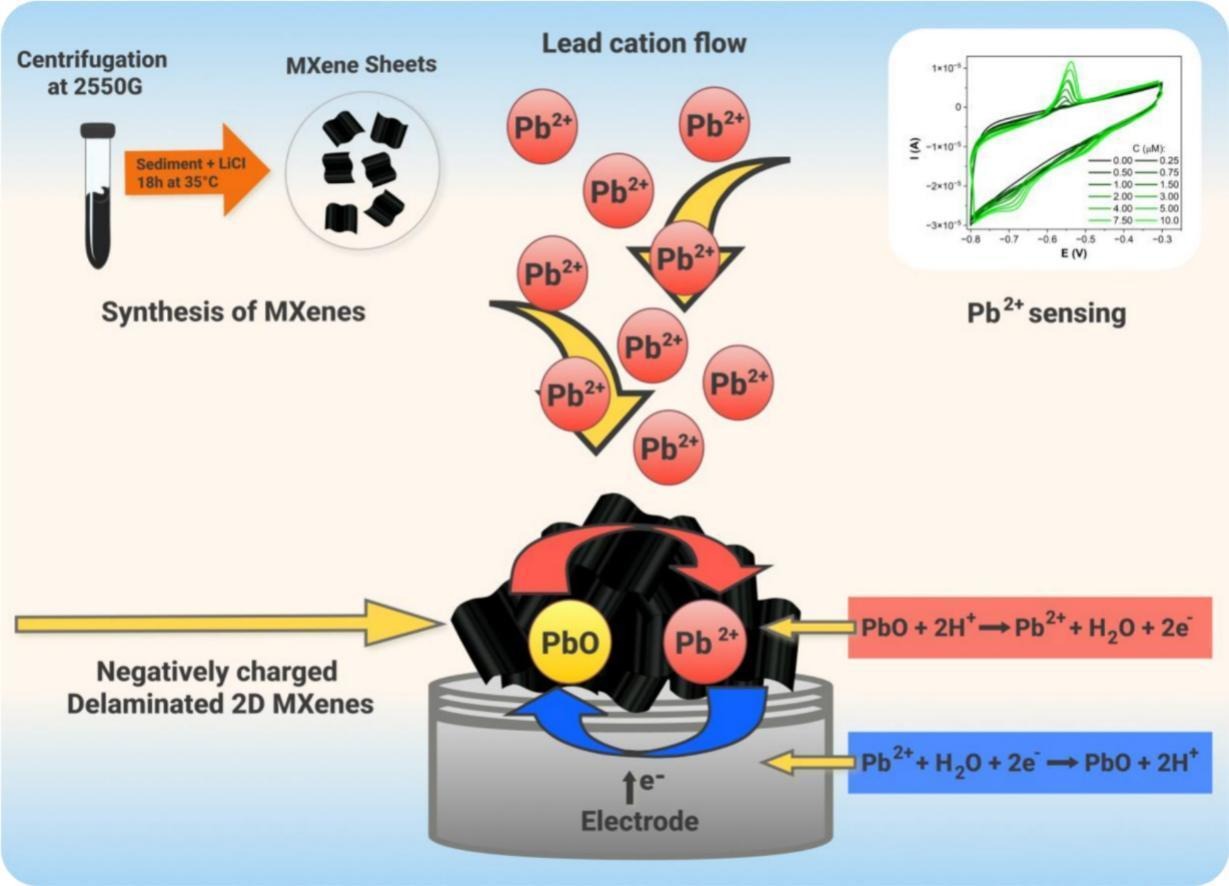
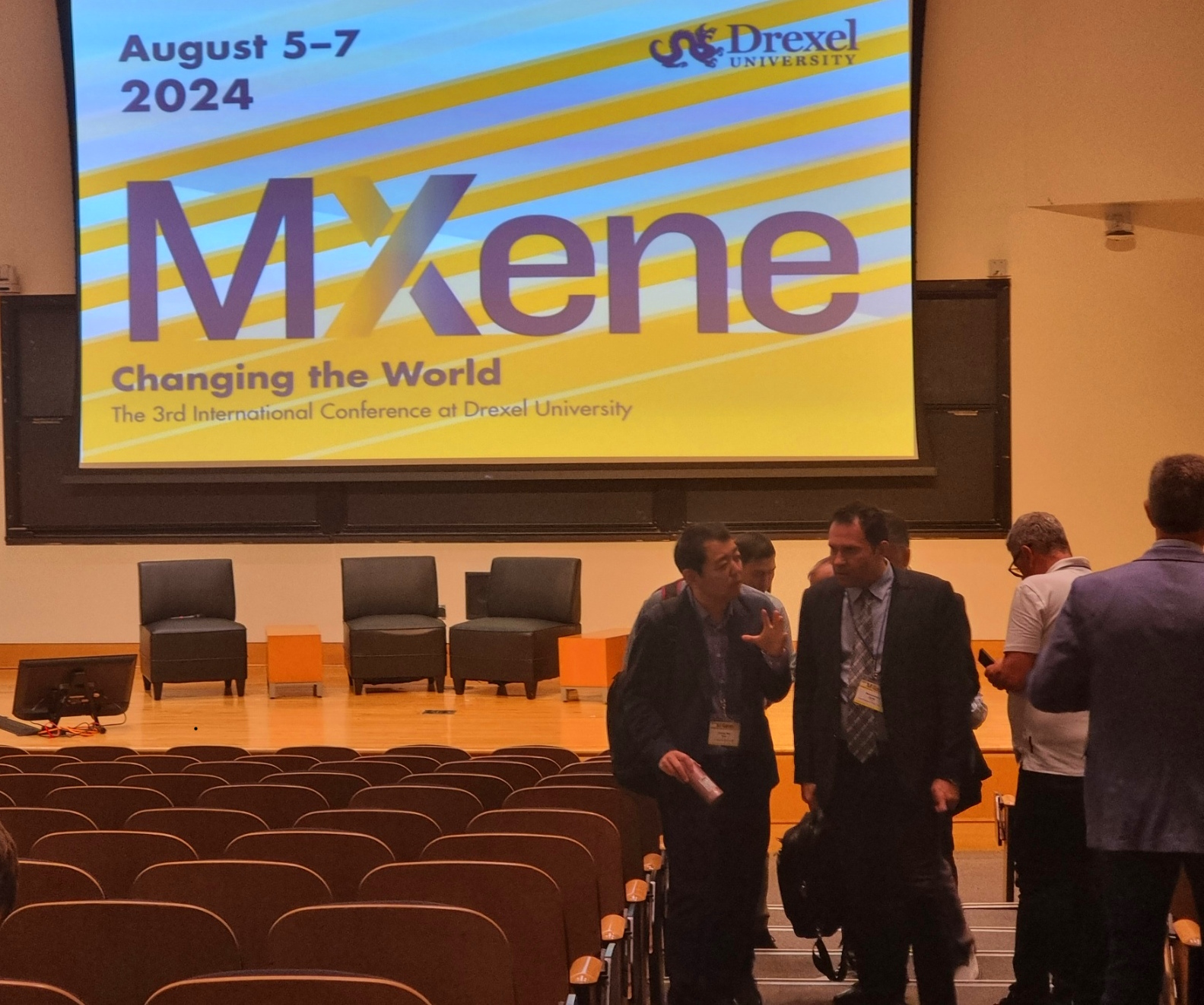 MRC and Carbon-Ukraine team visited the 3rd International MXene conference held at Drexel University on August 5-8, 2024. Conference brought together the best reserchers and leading experts on MXene field.
MRC and Carbon-Ukraine team visited the 3rd International MXene conference held at Drexel University on August 5-8, 2024. Conference brought together the best reserchers and leading experts on MXene field. 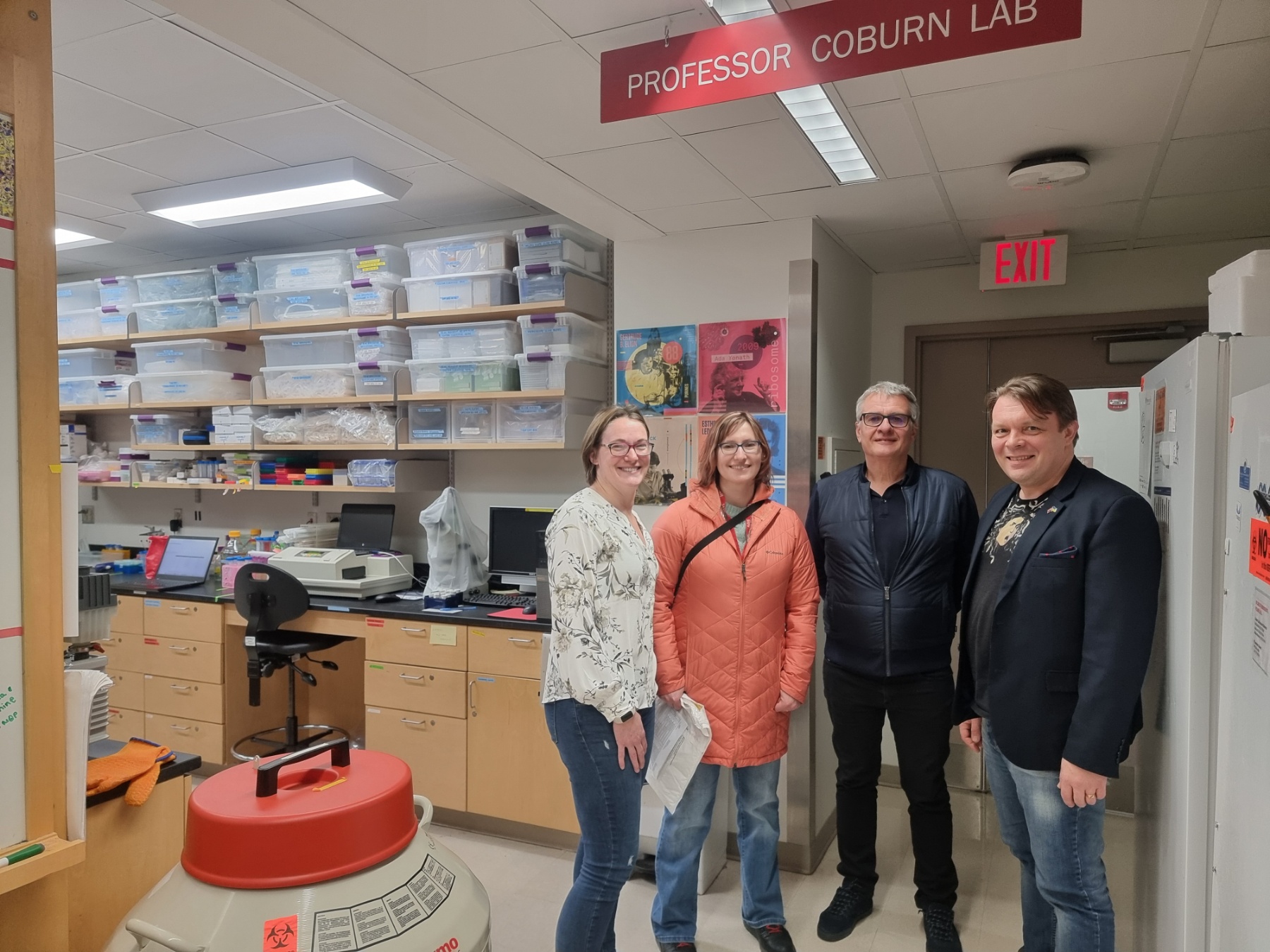
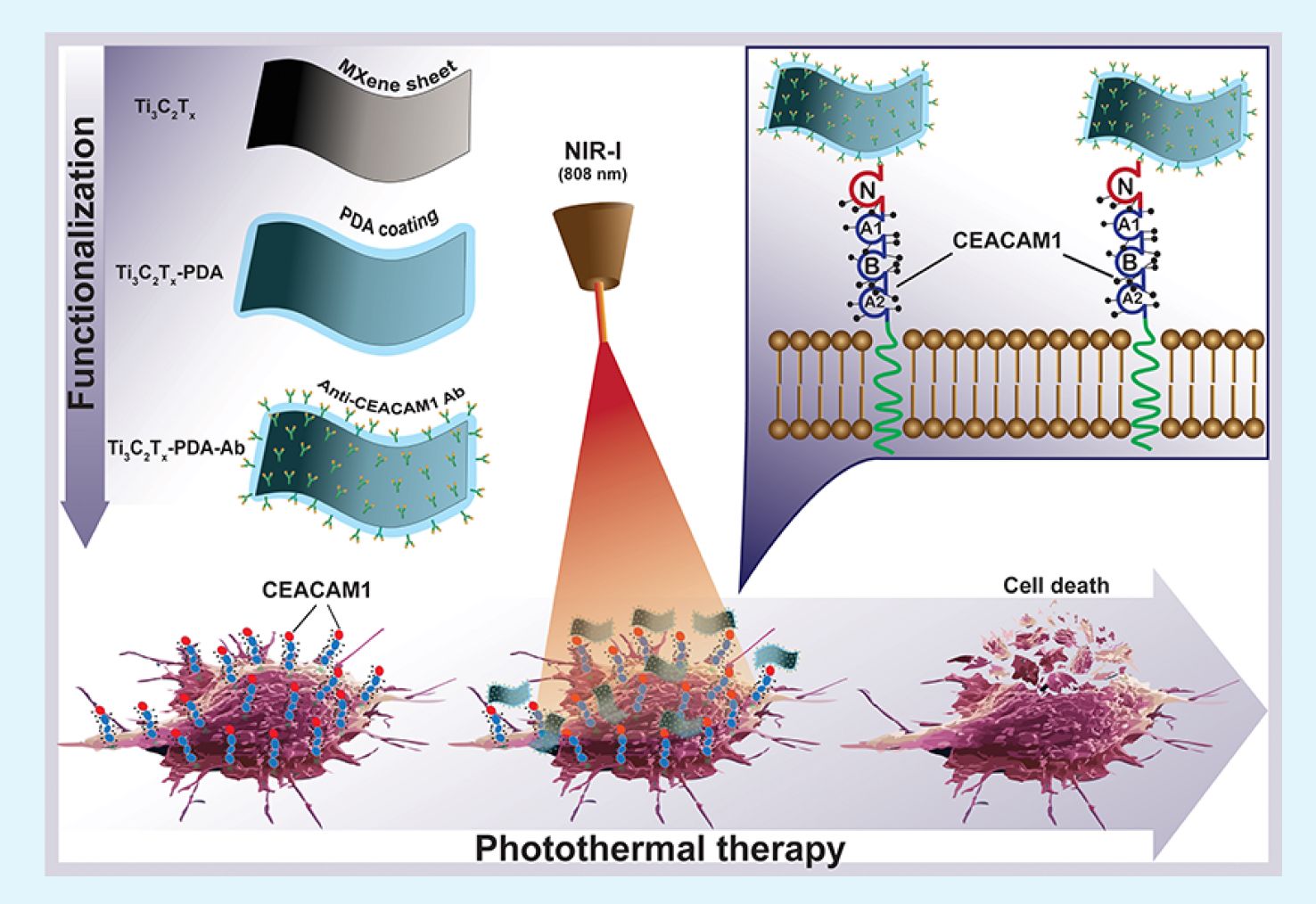 Together with colleagues from the University of Latvia, MRC/Carbone Ukraine, Adam Mickiewicz University, University Clinic Essen, and others, we have developed a novel concept involving the binding of antibodies to MXenes. In our research, we utilized anti-CEACAM1 antibodies to develop targeted photo-thermal therapy for melanoma (in vitro), paving the way for future in vivo studies and clinical trials. For the first time, we demonstrate the feasibility of delivering MXenes specifically targeted to melanoma cells, enabling the effective ablation of cancer cells under near-infrared (NIR) light. This new technique opens up vast potential for the application of MXenes in cancer treatment, diagnostics, drug delivery, and many other medical purposes.
Together with colleagues from the University of Latvia, MRC/Carbone Ukraine, Adam Mickiewicz University, University Clinic Essen, and others, we have developed a novel concept involving the binding of antibodies to MXenes. In our research, we utilized anti-CEACAM1 antibodies to develop targeted photo-thermal therapy for melanoma (in vitro), paving the way for future in vivo studies and clinical trials. For the first time, we demonstrate the feasibility of delivering MXenes specifically targeted to melanoma cells, enabling the effective ablation of cancer cells under near-infrared (NIR) light. This new technique opens up vast potential for the application of MXenes in cancer treatment, diagnostics, drug delivery, and many other medical purposes.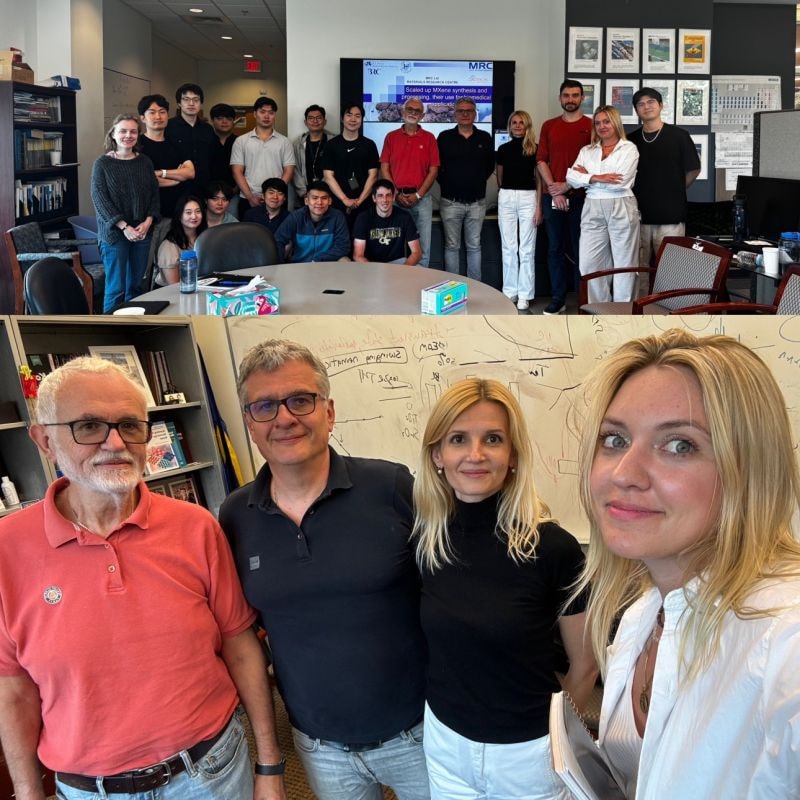

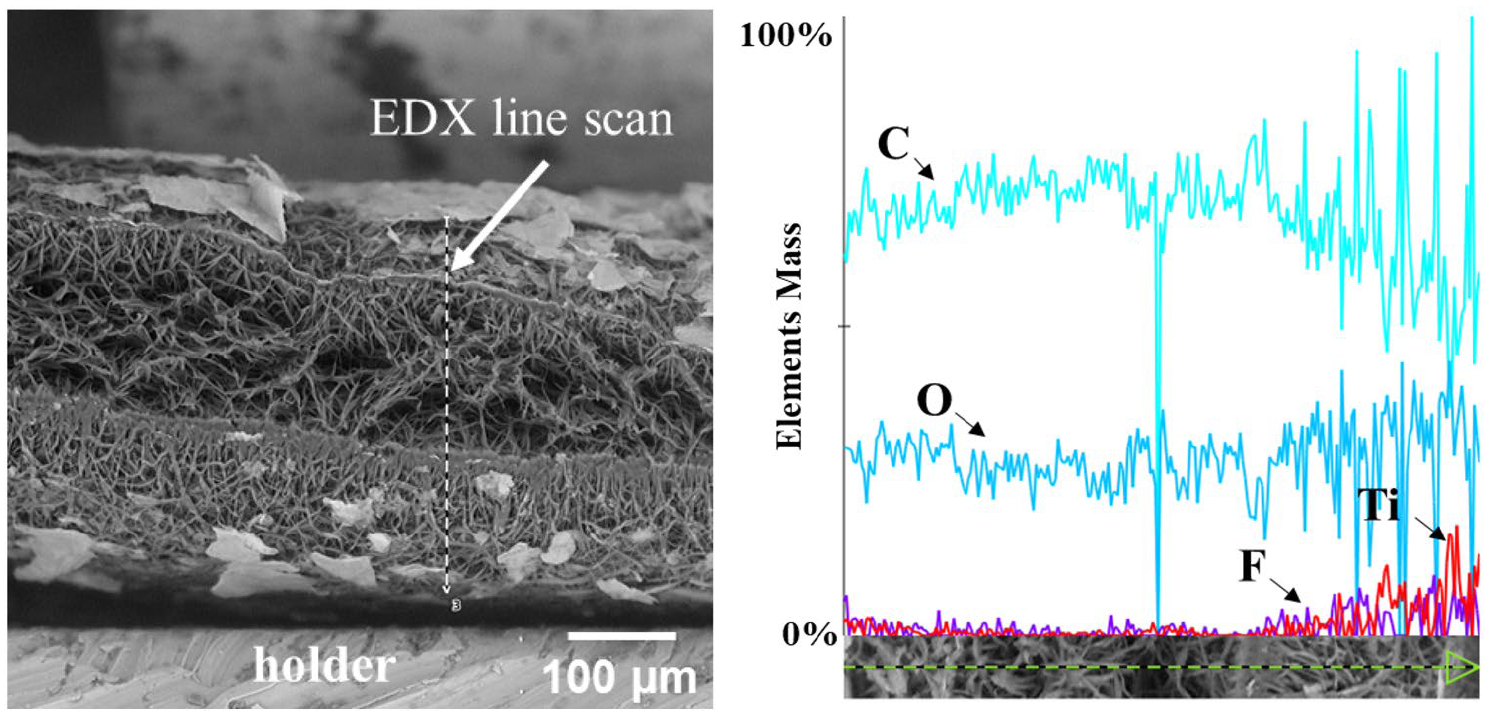 Here we demonstrate a new developed method for depositing Ti3C2Tx MXenes onto hydrophobic electrospun PCL membranes using oxygen plasma treatment. These novel patches hold tremendous potential for providing mechanical support to damaged heart tissue and enabling electrical signal transmission,thereby mimicking the crucial electroconductivity required for normal cardiac function. After a detailed investigation of scaffold-to-cell interplay, including electrical stimulation, novel technology has the potential for clinical application not only for cardiac regeneration, but also as neural and muscular tissue substitutes.
Here we demonstrate a new developed method for depositing Ti3C2Tx MXenes onto hydrophobic electrospun PCL membranes using oxygen plasma treatment. These novel patches hold tremendous potential for providing mechanical support to damaged heart tissue and enabling electrical signal transmission,thereby mimicking the crucial electroconductivity required for normal cardiac function. After a detailed investigation of scaffold-to-cell interplay, including electrical stimulation, novel technology has the potential for clinical application not only for cardiac regeneration, but also as neural and muscular tissue substitutes.